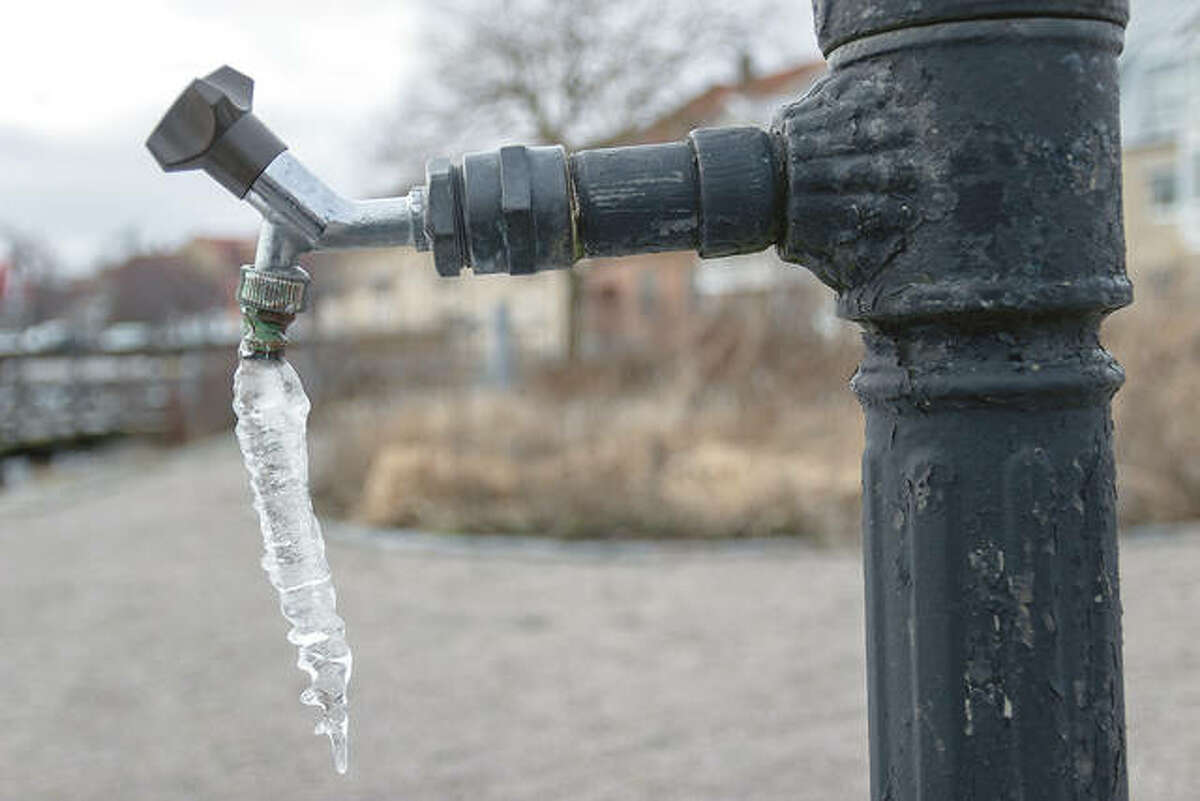Preventing Frozen Pipes in Cold Weather: Pro Tips
Preventing Frozen Pipes in Cold Weather: Pro Tips
Blog Article
Presented here underneath you will discover lots of professional information on the subject of How to prepare your home plumbing for winter weather.
:strip_icc()/snow-outdoor-faucet-pipes-4af65d1e5e904fb1aa7bf74071fe5d89.jpg)
Cold weather can damage your plumbing, particularly by freezing pipes. Here's how to stop it from taking place and what to do if it does.
Intro
As temperatures decrease, the risk of icy pipelines boosts, potentially leading to pricey repair services and water damage. Understanding just how to avoid frozen pipelines is vital for property owners in cold environments.
Prevention Tips
Shielding susceptible pipelines
Wrap pipelines in insulation sleeves or use warm tape to shield them from freezing temperatures. Concentrate on pipes in unheated or outside locations of the home.
Heating methods
Maintain indoor rooms properly heated up, particularly locations with pipes. Open up cupboard doors to permit cozy air to flow around pipelines under sinks.
Just how to identify icy pipes
Search for lowered water flow from taps, uncommon odors or noises from pipes, and visible frost on revealed pipes.
Long-Term Solutions
Architectural changes
Think about rerouting pipes far from exterior wall surfaces or unheated areas. Add additional insulation to attics, basements, and crawl spaces.
Updating insulation
Purchase premium insulation for pipes, attic rooms, and walls. Appropriate insulation helps maintain regular temperature levels and minimizes the risk of icy pipelines.
Safeguarding Outdoor Plumbing
Garden hose pipes and outdoor faucets
Separate and drain pipes yard tubes prior to winter season. Set up frost-proof spigots or cover exterior taps with shielded caps.
Understanding Icy Pipes
What triggers pipes to freeze?
Pipes freeze when revealed to temperatures below 32 ° F (0 ° C) for extended periods. As water inside the pipes ices up, it increases, putting pressure on the pipe walls and potentially creating them to break.
Threats and problems
Icy pipelines can result in water system interruptions, building damages, and pricey repair work. Burst pipelines can flooding homes and cause extensive structural damages.
Signs of Frozen Water Lines
Identifying icy pipelines early can prevent them from breaking.
What to Do If Your Pipes Freeze
Immediate activities to take
If you suspect frozen pipes, maintain taps open up to soothe pressure as the ice melts. Use a hairdryer or towels taken in hot water to thaw pipes slowly.
Verdict
Preventing icy pipes requires proactive actions and fast responses. By recognizing the reasons, indications, and preventive measures, house owners can shield their plumbing during cold weather.
5 Ways to Prevent Frozen Pipes
Drain Outdoor Faucets and Disconnect Hoses
First, close the shut-off valve that controls the flow of water in the pipe to your outdoor faucet. Then, head outside to disconnect and drain your hose and open the outdoor faucet to allow the water to completely drain out of the line. Turn off the faucet when done. Finally, head back to the shut-off valve and drain the remaining water inside the pipe into a bucket or container. Additionally, if you have a home irrigation system, you should consider hiring an expert to clear the system of water each year.
Insulate Pipes
One of the best and most cost-effective methods for preventing frozen water pipes is to wrap your pipes with insulation. This is especially important for areas in your home that aren’t exposed to heat, such as an attic. We suggest using foam sleeves, which can typically be found at your local hardware store.
Keep Heat Running at 65
Your pipes are located inside your walls, and the temperature there is much colder than the rest of the house. To prevent your pipes from freezing, The Insurance Information Institute suggests that you keep your home heated to at least 65 degrees, even when traveling. You may want to invest in smart devices that can keep an eye on the temperature in your home while you’re away.
Leave Water Dripping
Moving water — even a small trickle — can prevent ice from forming inside your pipes. When freezing temps are imminent, start a drip of water from all faucets that serve exposed pipes. Leaving a few faucets running will also help relieve pressure inside the pipes and help prevent a rupture if the water inside freezes.
Open Cupboard Doors
Warm your kitchen and bathroom pipes by opening cupboards and vanities. You should also leave your interior doors ajar to help warm air circulate evenly throughout your home.

I hope you enjoyed our piece on Helpful Tips to Prevent Frozen Pipes this Winter. Many thanks for taking time to read our short article. Please set aside a second to promote this write-up if you appreciated it. Thanks so much for going through it.
Visit My Site Report this page